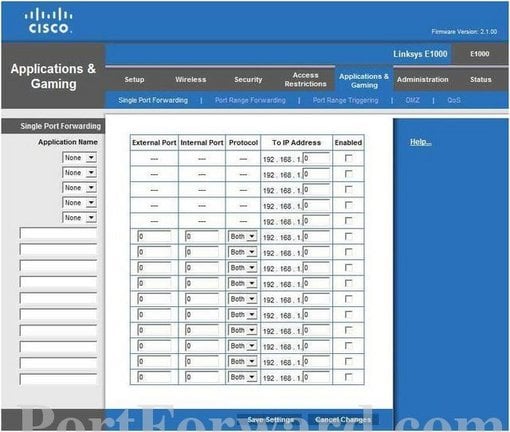Free Rdp Serial Port Redirection Cisco
- Posted in:Admin
- 16/05/18
- 22

Example: Establishing Serial Port Network Connections to a Client or Server If you do not use vSPC and you configure your virtual machine with a serial port connected as a server with a telnet://:12345 URI, you can connect to your virtual machine's serial port from your Linux or Windows operating system. Telnet yourESXiServerIPAddress 12345 Similarly, if you run the Telnet Server on your Linux system on port 23 ( telnet://yourLinuxBox:23), you configure the virtual machine as a client URI. Giovanni Allevi Panic Pdf To Word. Telnet:// yourLinuxBox:23 The virtual machine initiates the connection to your Linux system on port 23.

I think the Remote Desktop Protocol API allows you to create your own channels that is your. Serial Port Redirection on freerdp-2.0.0., the Cisco Talos. A virtual machine can use up to four virtual serial ports. You can connect the virtual serial port to a physical serial port or to a file on the host computer.
Remote Desktop Services provides users the ability to access their local devices and resources in remote sessions. Users can access resources such as local drives, printers, the Clipboard, and supported Plug and Play devices.
This is usually referred to as redirection. In Windows Server 2008 and Windows Server 2008 R2, redirection has been enhanced and expanded. Now you can redirect Windows Portable Devices, specifically media players based on the Media Transfer Protocol (MTP) and digital cameras based on the Picture Transfer Protocol (PTP). Users can specify which types of devices and resources they would like to redirect to the remote computer on the Local Resources tab of Remote Desktop Connection. You can specify which local devices and resources will be available to users for remote sessions by using a connection on the RD Session Host server. You can enable or disable the redirection of the following: • Drives • Printers • LPT Port • COM Port • Clipboard • Audio • Supported Plug and Play devices. Note Remote Desktop Services in Windows Server 2008 R2 supports redirection of some additional supported Plug and Play devices.
These additional supported Plug and Play devices exclude the various kinds of Plug and Play devices that are already supported in other categories, such as Drives, Printers, or Smart Cards. For example, a USB thumb drive that gets installed as a drive letter on the client computer will be listed as available for redirection under the Drives category, and a USB Plug and Play printer attached to the client computer will be redirected under the Printers category. If you disable redirection of the Clipboard, for example, users connecting remotely to the RD Session Host server on this connection will not be able to redirect their Clipboard in their remote session, even if they select the Clipboard check box on the Local Resources tab under Options in Remote Desktop Connection. If you enable redirection of a local device or resource on the RD Session Host server, users will still have to specify that they want to redirect that type of local device or resource by making the appropriate selection on the Local Resources tab under Options in Remote Desktop Connection. Use the following procedure to enable or disable the redirection of local devices and resources for the connection on the RD Session Host server. Install Tuning Peg Harp Download Free Software here. Membership in the local Administrators group, or equivalent, on the RD Session Host server that you plan to configure, is the minimum required to complete this procedure. Review details about using the appropriate accounts and group memberships. To enable or disable the redirection of local devices and resources • On the RD Session Host server, open Remote Desktop Session Host Configuration.
To open Remote Desktop Session Host Configuration, click Start, point to Administrative Tools, point to Remote Desktop Services, and then click Remote Desktop Session Host Configuration. • Under Connections, right-click the name of the connection, and then click Properties.
• In the Properties dialog box for the connection, click the Client Settings tab. • Under Redirection, do one of the following for a given local device or resource category: • Select the check box to disable redirection of that type of local device or resource. • Clear the check box to enable redirection of that type of local device or resource.
You can also configure which local devices and resources will be available to users in their remote sessions by applying Group Policy settings. The following is a list of some of the Remote Desktop Services-specific Group Policy settings that are related to local device and resource redirection. Win500 Serial Key on this page. Note These Group Policy settings will take precedence over the settings configured in Remote Desktop Session Host Configuration and over the settings specified by the user in Remote Desktop Connection. If both the Computer Configuration and the User Configuration policy settings are configured, the Computer Configuration policy settings take precedence. For more information about Group Policy settings for Remote Desktop Services, see the Remote Desktop Services Technical Reference ( For more information about Remote Desktop Services, see the Remote Desktop Services page on the Windows Server 2008 R2 TechCenter ().